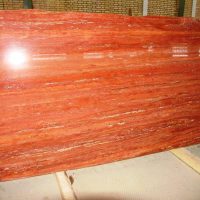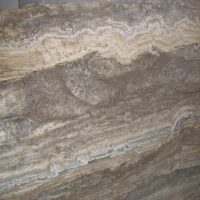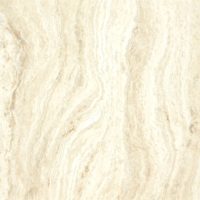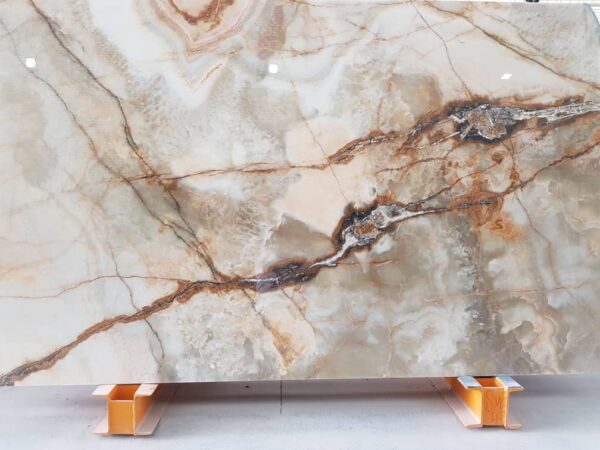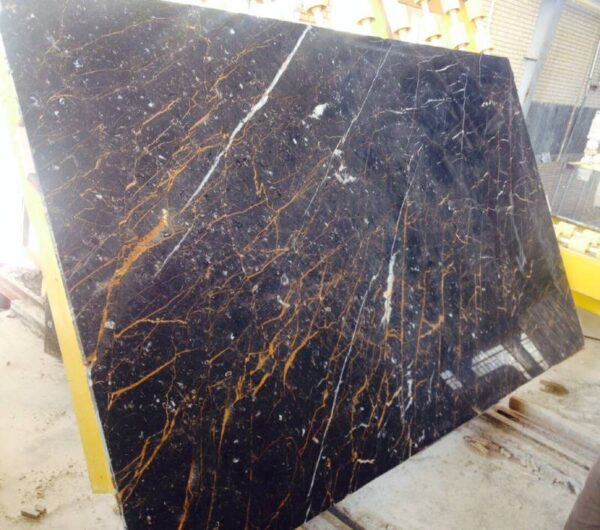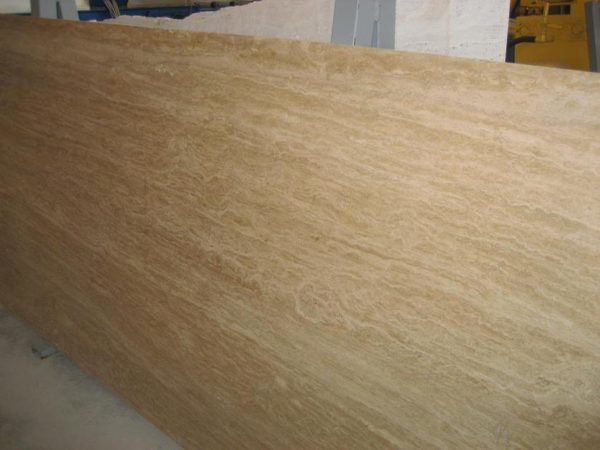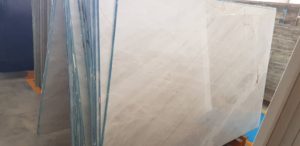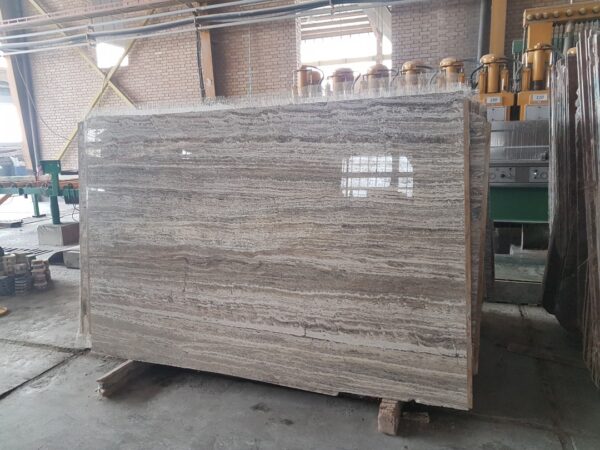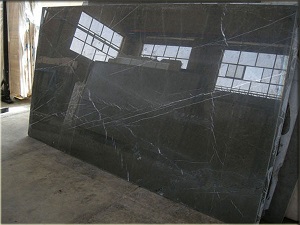Can Travertine Be Stained? What You Need to Know
Travertine, with its natural elegance and versatility, is a popular choice for flooring, countertops, and various interior and exterior applications. However, a common concern among homeowners and designers is: Can travertine be stained? Understanding the staining potential of travertine and how to manage it is crucial for maintaining the stone’s beauty and longevity. In this guide, we’ll explore whether travertine can be stained, the factors that contribute to staining, and how to prevent and address stains effectively.
Understanding the Staining Potential of Travertine
Travertine is a porous natural stone, which means it can absorb liquids and substances that come into contact with its surface. This porosity can make travertine susceptible to staining if proper precautions are not taken. Here’s what you need to know about staining travertine:
- Porosity and Absorption: The porous nature of travertine allows it to absorb various liquids, including water, oils, and acidic substances. This absorption can lead to discoloration and staining, especially if spills are not cleaned up promptly.
- Types of Stains: Travertine can be stained by different substances. Common culprits include coffee, wine, oil, juice, and cleaning agents. Acidic substances, such as lemon juice and vinegar, can particularly affect travertine, causing etching and discoloration.
- Finish and Sealing: The finish of travertine—whether honed, polished, or tumbled—can influence its susceptibility to staining. Honed and tumbled finishes tend to be more porous and prone to staining compared to polished finishes. However, even polished travertine can still absorb liquids if not properly sealed.
https://www.rockstone.biz/what-is-travertine-tile/
How to Prevent and Manage Stains on Travertine
While travertine’s porosity can make it prone to staining, there are effective strategies to prevent and manage stains:
- Seal the Stone: Applying a high-quality sealer is the most effective way to protect travertine from staining. A sealant creates a protective barrier that reduces the stone’s porosity and prevents liquids from penetrating. It is recommended to reseal travertine every 6-12 months, depending on usage and exposure.
- Immediate Cleanup: Promptly clean up spills and stains to prevent them from setting into the stone. Use a soft cloth or paper towel to blot the area, avoiding rubbing which can spread the stain. For cleaning, use a pH-neutral cleaner specifically designed for natural stone, as harsh chemicals can damage the stone and its sealant.
- Avoid Acidic Cleaners: Acidic substances, such as vinegar or lemon juice, can damage the surface of travertine and exacerbate staining. Use only neutral or stone-safe cleaners to avoid etching and discoloration.
- Regular Maintenance: Regularly sweep or vacuum travertine surfaces to remove dirt and debris that can cause scratching. Periodically clean the stone with a mild, pH-neutral solution and ensure that any spills are dealt with promptly.
- Use Mats and Rugs: In high-traffic areas and places prone to spills, use mats or rugs to protect the travertine surface. This can help prevent stains from reaching the stone and reduce wear and tear.
How to Address Stains on Travertine
If stains do occur despite your best efforts, here’s how to address them:
- Identify the Stain: Different stains require different treatments. For example, oil-based stains may need a poultice made from baking soda or talcum powder, while organic stains may respond to hydrogen peroxide treatments.
- Use a Poultice: For persistent stains, apply a poultice—a paste made from absorbent materials and a suitable solvent—to the stained area. Follow the manufacturer’s instructions for application and removal.
- Consult Professionals: For stubborn stains or extensive damage, consider consulting a professional stone restoration service. They can assess the problem and provide specialized treatments to restore your travertine.
Conclusion: Caring for Travertine to Prevent Stains
Travertine, with its natural charm and durability, is a beautiful choice for various applications. While it is susceptible to staining due to its porous nature, proper care and maintenance can help prevent and manage stains effectively. By sealing the stone, cleaning spills promptly, and using appropriate cleaning products, you can preserve the elegance of travertine and ensure it remains a stunning feature in your home for years to come.

